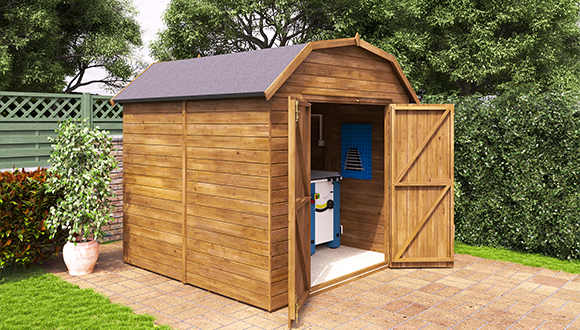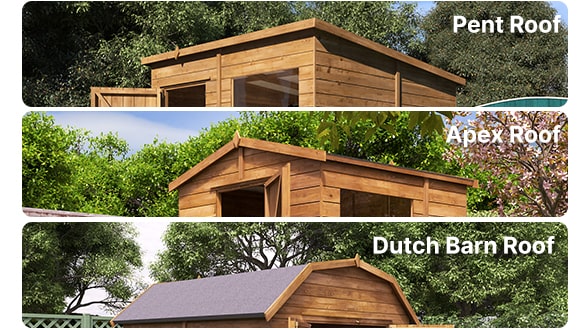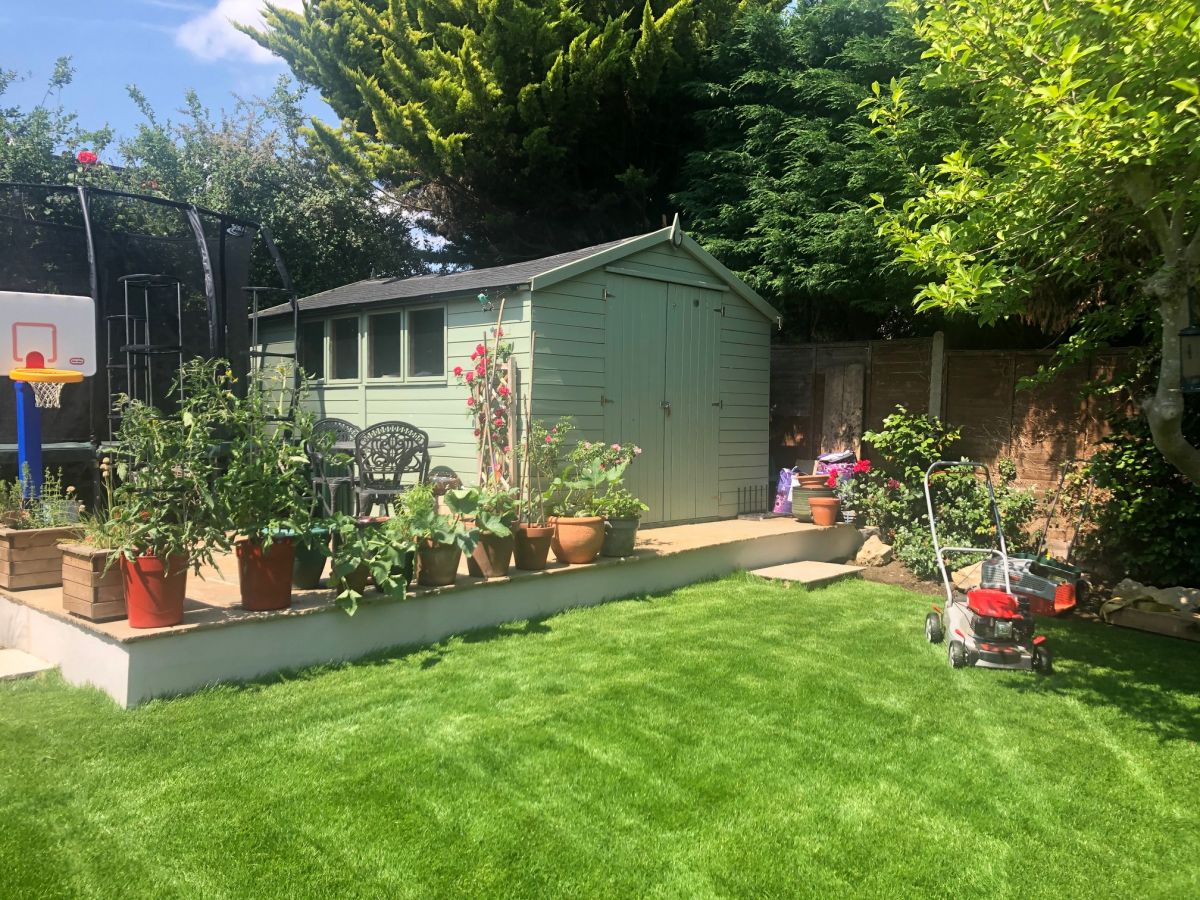How to make sure my shed is secure
How will my shed door be secured?
Turn button closure: Often found on cheaper sheds, the turn button closure twists to stop a shed door from swinging open and does little in the way of security.
Hasp and Clasp: An effective method to secure a shed shut. The hinge is often bolted to the shed frame and any screw fixings are hidden making it much more difficult for intruders to gain entrance.
Mortice lock and rim lock: Whilst not available on a Dunster House shed, the mortice/ rim lock is key operated.
At Dunster House we supply secure hinges and hasp.
The sturdy hasp and clasp that holds your padlock are designed so that in the closed position, its fixing screws are covered by the metal clasp, making it difficult to remove from the timber. Similarly, the hinges are bolted in position and difficult to remove when the door is in the closed position.
Be AWARE: Many sheds on the market have security flaws that a Dunster House shed does not.
Look for internally beaded windows.
Some competitors externally bead their windows which means that an intruder can easily remove the beading and window pane to gain access to your shed.
Cheap sheds will use styrene on windows.
We provide 4mm thick toughened glass in comparison to the industry standard 3mm horticultural glass. 4mm glass is less likely to break, scratch or cloud up like styrene.














